Introduction
As we "sigh" when word comes around that yet another Radeon X1950PRO is making its way into the labs, life wasn't looking so good for the latest graphic card to get the testing treatment.
Fortunately though a smile came to our face when we realized it was the new Champion Edition (CE) from GeCube. We saw the press release a few weeks ago about the CE X1950PRO which used a Thermal Electronic Cooling (or TEC) method for cooling.
We hoped that with great cooling, come equally impressive power. TEC cooling is not common at the moment but if companies find that they are able to do it without killing the wallets of potential buyers, we could begin to see it more and more on high-end cards. While we haven't seen what it's capable of yet we hope that the GeCube X1950PRO will give us a good idea.
We will follow a pretty standard layout looking through the package and then onto the card which will mainly focus on the cooler, overclocking ability and most importantly, price.
The Package
With Championship Edition being a little more up market than usual, it's nice to see that GeCube have done something more exciting than the standard Ruby box. Nothing against Ruby but honestly babe, we've really seen enough of you lately.
The box is the standard GeCube layout though when it comes to listing details, the model along with main features are ran across the bottom of the box, we can also see that 512MB of DDR-3 memory is included compared to 256MB of a regular X1950PRO. We see that they mention the use of TEC inside and that the card is PCI Express and supports Vista along with HDCP and HDMI.
With the fancy cooling comes a fancy name - Championship Edition is the particular title they have given it and we can see some of the key features are included under the logo - overclockable, fan control, quad heat pipes and dual 8cm ultra silent fans.
Turning the box over we have our normal run down on key features that the X1950PRO offers but also a lot of focus on the card. A number of points show what the TEC cooling method has to offer along with how it works. Clearly one of the most informative boxes we have seen in a while. With the way it all looks, it's clear that if you had money burning a hole in your pocket, you would be ready to buy it by now.
Moving on to the inside of the box, we don't have much, which is quite disappointing. With such a big deal about the product made on the actual box, it would have been nice to see a full version game included in the package. What we do have is the normal array of VGA cables, component, RCA and S-Video and we also have a DVI to HDMI adapter and DVI to VGA adapter. Also included is our normal run of the mill manual, copy of PowerDVD and for some reason a back plate for the video card. The last confuses us a bit but it's included.
Let's now have a closer look at what the actual card offers!
The Card and FZ Cool
The Card
With the box and its content out the way, it's time to look closer at the CE. The front of the card is just simply covered in this massive cooler. We can see the dual 80mm fans on the front of the card and all the aluminum running back and forth.
The bottom of the card shows the four heat pipes that run off the heatsink that covers the thermal electronic cooler. The TEC works with one side being cool and the other being hot due to the electricity. The heat pipes run in a couple sets of two - the heat pipes running to the right of the card cools it on the bottom, while the heat pipes running to the left sit on top. The two 80mm fans spin around cooling down the heat pipes and of course keeps the top layer (hot part) of the TEC unit as cool as possible. Previously you wouldn't contemplate cooling something like this with just fan cooling but with the way that heat pipes have gone in recent times, air cooling is extremely effective.
The overall result of all this is that the core is cooler than any conventional cooling solution and in turn helps us overclock better than before. GeCube say that speeds of 681MHz+ on the core can be achieved and 1600MHz DDR on the memory over the stock 575/1380 setup found on the standard Radeon X1950PRO. To achieve these clocks you have to use the Catalyst Control Center overclocking portion - which is a pain in the butt, as we much prefer to use ATI Tool which tests for artifacts while overclocking. We will talk further about the overclock though on the next page.
The side of the card shows us our standard PCI Express 6-pin power connector along with an extra connector that has an adapter that goes to a 4-pin Molex connector. This is used for the TEC unit, as mentioned it runs off electricity and this is where it comes from.
The top of the card shows us the Crossfire connector but the problem is when you install another X1950PRO, the card's sit very close together that you really wouldn't feel comfortable with the amount of air that the two fans are capable of pulling in.
Looking at the I/O side of things we can clearly see that the card takes up more than two slots. Included are two DVI connectors along with the TV out connector. The problem though with the card is that it is just so big. You can see that with it laying down this way there is still a significant gap between the second slot and the end of the card.
Benchmarks - Test System Setup and 3DMark05
Test System Setup
Processor(s): Intel Core 2 Duo E6600 @ 3150MHz (350MHz FSB 1:1)
Motherboard(s): ASUS P5B Deluxe (Supplied by ASUS)
Memory: 2 X 1GB G.Skill HZ PC8000 @ 350MHz 4-4-4-12 (Supplied by Bronet)
Hard Disk(s): Hitachi 80GB 7200RPM SATA 2
Operating System: Windows XP Professional SP2
Drivers: ATI Catalyst 6.11, nVidia ForceWare 93.71 and DX9c
Out of the box the CE comes clocked at the default X1950PRO speeds (575/1380). Since it was simply pointless to bench the card at the default at reference clock speeds, we went into the Catalyst Control Center and started overclocking.
Maxing the tabs out at 681/1600 we thought we should be good to go - this is what GeCube say, they actually say 681+ but we're not quite sure how you go further since 681MHz is the maximum core clock speed in CCC, ATI Tool and others. After a few seconds into 3DMark, we had a hard freeze - this tells us that the core is having issues as memory being too high would normally result in artifacts. Bringing down the core clock speed and testing till we got a stable result, we achieved a maximum core clock speed of 662MHz (and the claimed 1600MHz DDR on the memory) and while this is a fantastic overclock for a X1950PRO, it's not the 681+ that GeCube say we can achieve.
We were told by GeCube that the CE sample sent to us was an early revision and overclocking should improve on the latest shipping versions but we have no way to prove that. We were also told that while the package claims core clock speeds of over 681MHz that actually means what the core itself is capable of reaching. GeCube program the BIOS for a maximum speed of 681MHz but if you managed to unlock the BIOS, you could in theory reach a higher clock speed.
We'll be testing the GeCube Champion Edition at overclocked speeds of 662/1600 as you'd be crazy to spend the extra dollars on this card and not OC. We have included the Gigabyte Radeon X1950PRO with 256MB of memory at stock speeds along with the ASUS GeForce 7950GT with 512MB of memory.
Let's find out what the card is capable of!
3DMark05
Version and / or Patch Used: Build 120
Developer Homepage: http://www.futuremark.com
Product Homepage: http://www.futuremark.com/products/3dmark05/
Buy It Here
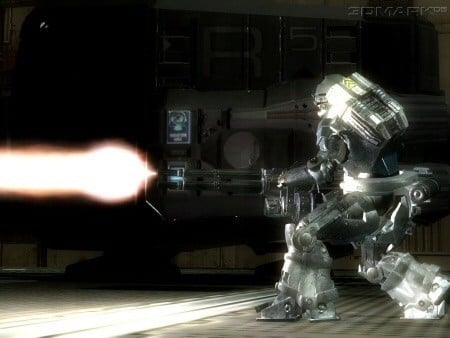
3DMark05 is now the second latest version in the popular 3DMark "Gamers Benchmark" series. It includes a complete set of DX9 benchmarks which tests Shader Model 2.0 and above.
For more information on the 3DMark05 benchmark, we recommend you read our preview here.
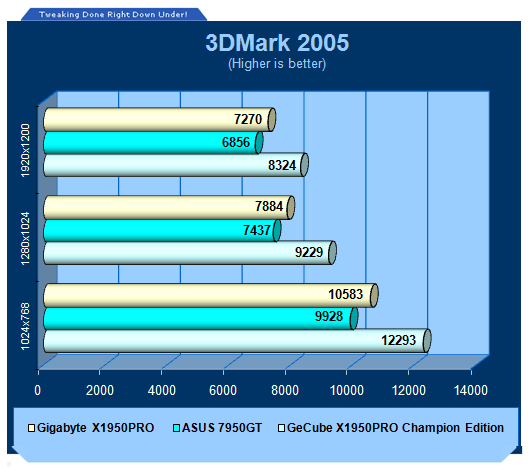
In our first test we saw the X1950PRO being consistently faster than the nVidia counterpart but when we throw the overclocked GeCube X1950PRO into the mix, the lead becomes a whole lot bigger.
Benchmarks - 3DMark06
3DMark06
Version and / or Patch Used: Build 102
Developer Homepage: http://www.futuremark.com
Product Homepage: http://www.futuremark.com/products/3dmark06/
Buy It Here
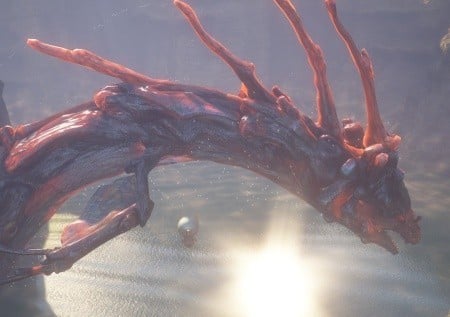
3DMark06 is the very latest version of the "Gamers Benchmark" from FutureMark. The newest version of 3DMark expands on the tests in 3DMark05 by adding graphical effects using Shader Model 3.0 and HDR (High Dynamic Range lighting) which will push even the best DX9 graphics cards to the extremes.
3DMark06 also focuses on not just the GPU but the CPU using the AGEIA PhysX software physics library to effectively test single and Dual Core processors.
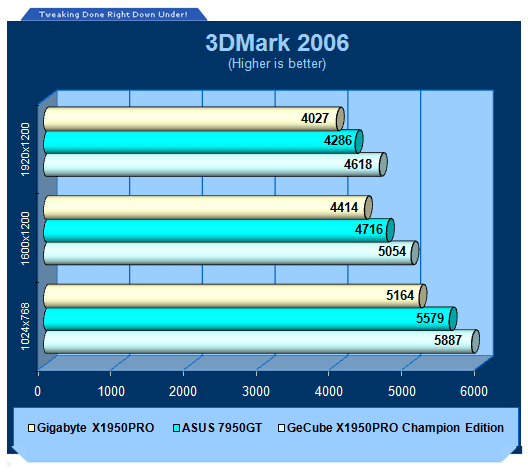
3DMark06 being more intensive sees the GeForce 7950GT beat the standard Radeon X1950PRO but we can see that the overclocked variant from GeCube gets a nice jump on it.
Benchmarks - Half Life 2 (Lost Coast)
Half Life 2 (Lost Coast)
Version and / or Patch Used: Unpatched
Timedemo or Level Used: Custom Timedemo
Developer Homepage: http://www.valvesoftware.com
Product Homepage: http://www.half-life2.com
Buy It Here
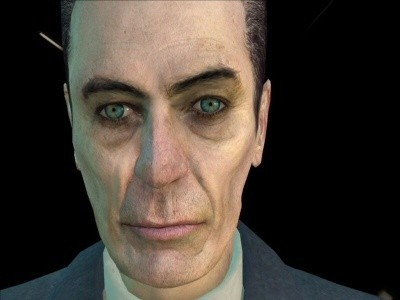
By taking the suspense, challenge and visceral charge of the original, and adding startling new realism, responsiveness and new HDR technology, Half-Life 2 Lost Coast opens the door to a world where the player's presence affects everything around him, from the physical environment to the behaviors even the emotions of both friends and enemies.
We benchmark Half Life 2 Lost Coast with our own custom timedemos as to avoid possible driver optimizations using the "record demo_name" command and loading the timedemo with the "timedemo demo_name" command - For a full list of the commands, click here.
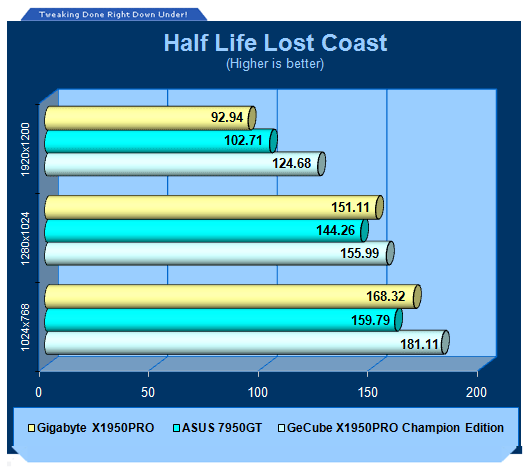
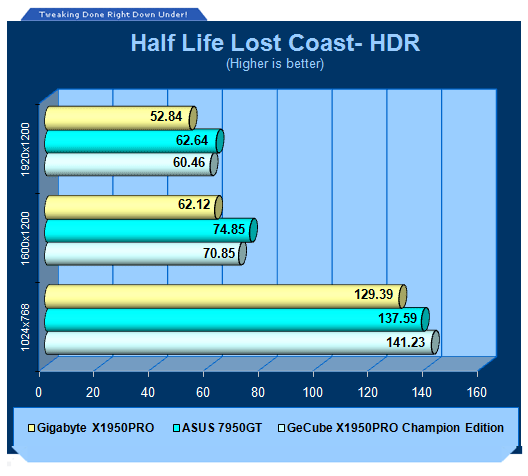
Lost Coast has always been a favorite to ATI and the Championship Edition from GeCube only extends the lead in our non HDR tests.
When we move to the more intensive side of things, in this case high resolution HDR gaming, we can see that the stock clocked 7950GT is able to outperform the X1950PRO cards.
Benchmarks - PREY
PREY
Version and / or Patch Used: Unpatched
Timedemo or Level Used: HardwareOC Custom Benchmark
Developer Homepage: http://www.humanhead.com
Product Homepage: http://www.prey.com
Buy It Here
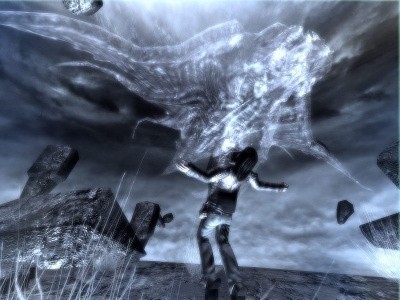
PREY is one of the newest games to be added to our benchmark line-up. It is based off the Doom 3 engine and offers stunning graphics passing what we've seen in Quake 4 and does put quite a lot of strain on our test systems.
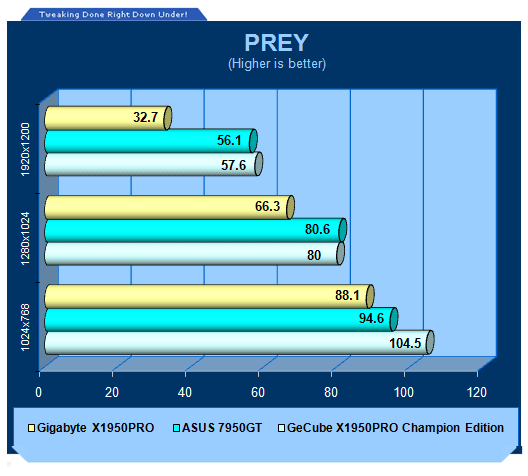
PREY being an OpenGL gaming engine is instantly going to favor nVidia but we can see that the overclock gives us a significant performance increase with it sitting pretty even against the 7950GT at the higher resolution.
Benchmarks - F.E.A.R.
F.E.A.R.
Version and / or Patch Used: Unpatched
Timedemo or Level Used: Built-in Test
Developer Homepage: http://www.vugames.com
Product Homepage: http://www.whatisfear.com/us/
Buy It Here
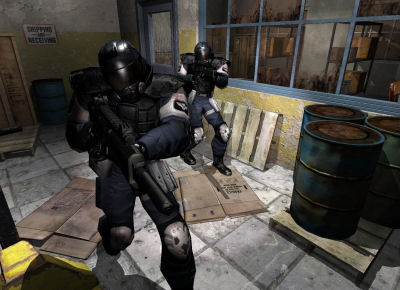
F.E.A.R. (First Encounter Assault Recon) is an intense combat experience with rich atmosphere and a deeply intense paranormal storyline presented entirely in first person. Be the hero in your own spine-tingling epic of action, tension, and terror...and discover the true meaning of F.E.A.R.
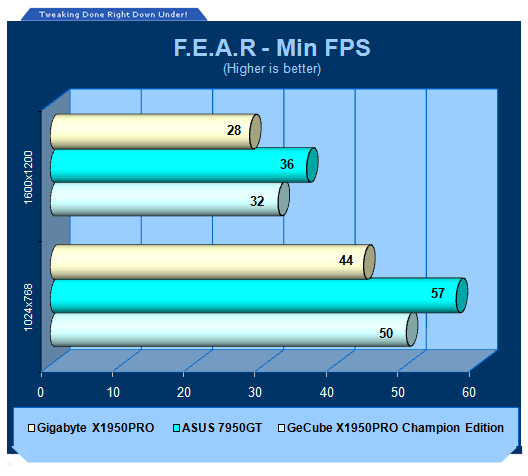
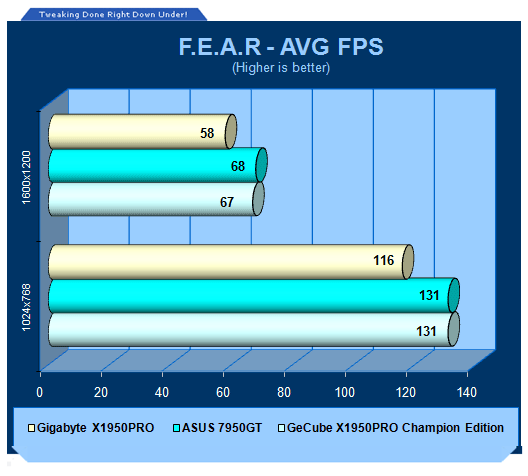
While we see that the average difference between the GeForce 7950GT and the Championship Edition are very close together, we can also see that the nVidia offering is not dropping as low as the red team competitors.
Benchmarks - Quake 4
Quake 4
Version and / or Patch Used: 1.2
Timedemo or Level Used: HardwareOC Custom Benchmark
Developer Homepage: http://www.idsoftware.com
Product Homepage: http://www.quake4game.com
Buy It Here
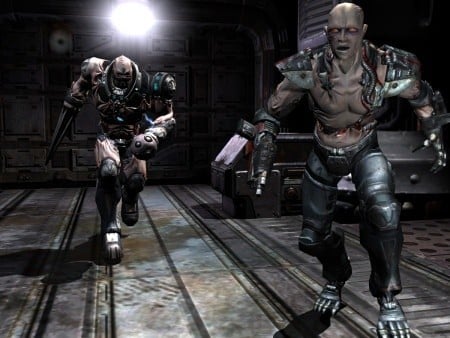
Quake 4 is one of the latest new games to be added to our benchmark suite. It is based off the popular Doom 3 engine and as a result uses many of the features seen in Doom. However, Quake 4 graphics are more intensive than Doom 3 and should put more strain on different parts of the system.
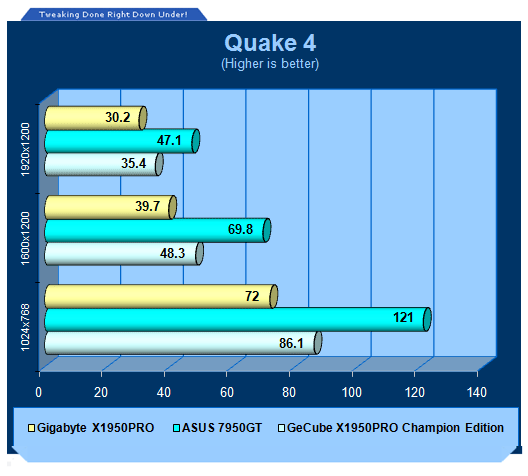
Back to OpenGL, the Championship Edition gives a significant boost over the standard X1950PRO, but it really has nothing on the GeForce 7950GT here.
Benchmarks - Company of Heroes
Company of Heroes
Version and / or Patch Used: Demo
Timedemo or Level Used: Built-in Test
Developer Homepage: http://www.relic.com
Product Homepage: http://www.companyofheroesgame.com
Buy It Here
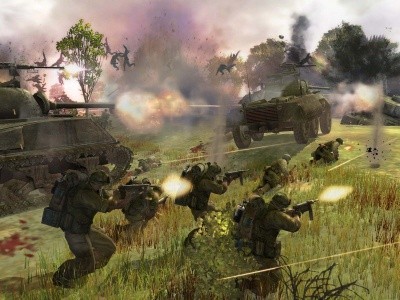
Company of Heroes, or COH as we're calling it, is one of the latest World War II games to be released and also one of the newest in our lineup of benchmarks. It is a super realistic real-time strategy (RTS) with plenty of cinematic detail and great effects. Because of its detail, it will help stress out even the most impressive computer systems with the best graphics cards - especially when you turn up all the detail. We use the built-in test to measure the frame rates.
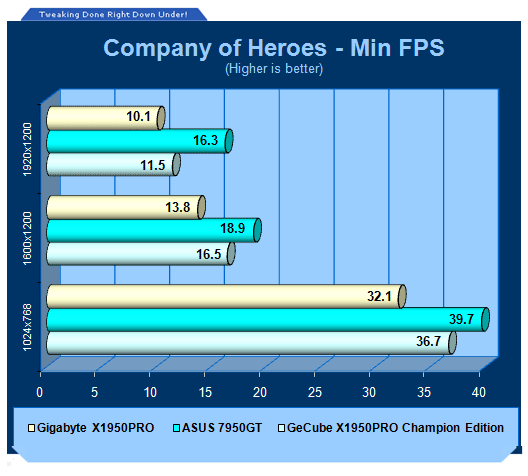
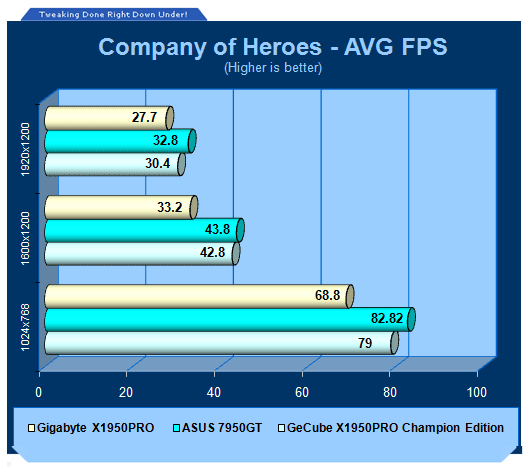
COH is the latest game to be added to the benchmark line up and is extremely intensive. While the card does offer quite the performance boost when compared to the standard X1950PRO, it still isn't able to outperform the GeForce 7950GT.
We tested this card sometime ago and used the older Catalyst 6.11 drivers. The recent Catalyst drivers for December 2006 (Cat 6.12) offer huge performance increases to Radeon cards under COH. We think that the Champion Edition should easily be able to keep up with the GeForce 7950GT using latest drivers.
Benchmarks - High Quality AA and AF
High Quality AA and AF
Our high quality AA and AF tests let us separate the men from the boys and the ladies from the girls. If the cards weren't struggling before, they will start to now.
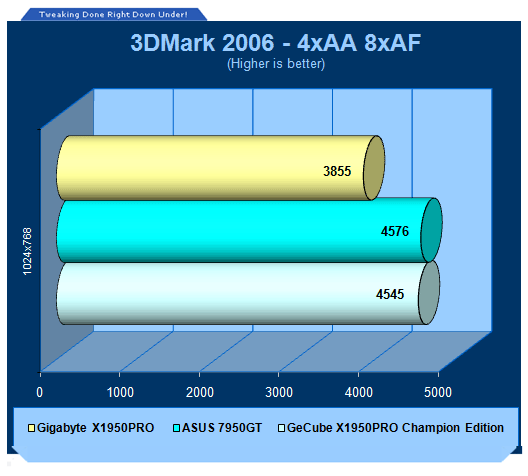
Performance closes in but it still doesn't beat it.
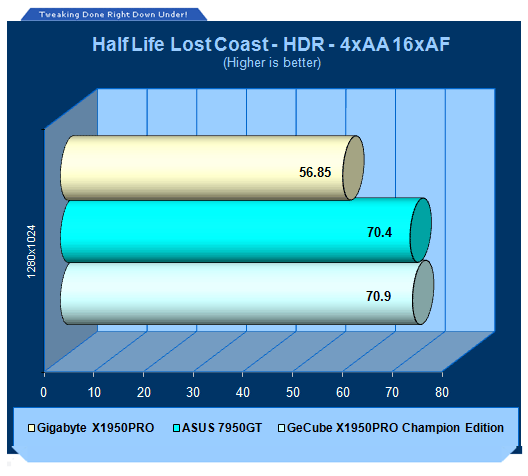
We again see that when we start to place pressure on the cards that even an ATI favorite cannot get much on the GeForce 7950GT.
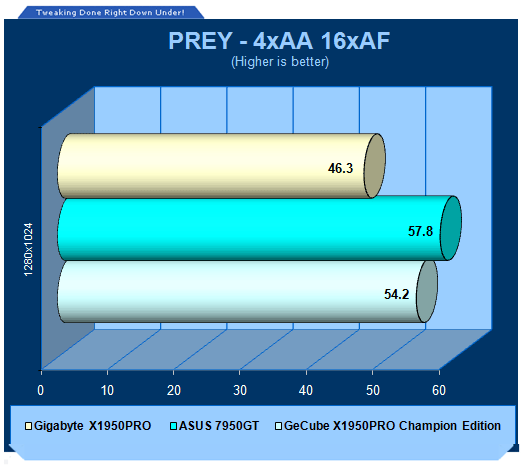
Leaving on PREY we have another loss for the X1950PRO - the 7950GT is consistently the winner in a heavy load OpenGL environment.
Final Thoughts
We won't lie! The original Radeon X1950PRO from ATI didn't excite us - it has let us down a number of times already in terms of cost vs. performance. But when word came that GeCube were mixing it up, like they did in the old days with the Radeon 9600XT Extreme, our hopes began to rise. Unfortunately nVidia had one big cannon out ready and waiting and was ready to shoot down the red team.
The X1950PRO continues to disappoint. You have to look at a few things before you simply think we're being too harsh on either ATI or GeCube;
Size - Taking up near enough to three slots, it's not an ideal solution. Sure, an 8800GTS takes up two slots, but look at the performance you get out of it. What are we sacrificing all this space for here? Some special and unique cooler - that seems about it.
Loud - GeCube say that a couple of ultra silent fans are included but "ultra silent" compared to what? Sleeping next to a freight depot that has mach trucks leaving every five minutes? Unfortunately it is NOT ultra silent; we wouldn't say it's silent or even quiet, to any degree.
Performance vs. Price - It wins out a few times against the GeForce 7950GT and it also offers a very nice performance increase when compared to the standard model. But the problem is this is coming at an expense. The standard Radeon X1950PRO comes in at around $300 AUD with the 7950GT being closer to $380 AUD. The GeCube Champion Edition should retail in Australia for around $375 - $400 AUD, making it quite an expensive option when you begin considering value for money.
This card is also overclocked to its max; it's not going to do anymore. nVidia's GeForce 7950GT on the other hand is still at it stocks speed and has plenty of overclocking headroom, only uses a single slot, isn't as loud as the Champion Edition and is not limited to the Catalyst Control Center for overclocking.
We like the GeCube brand - we have had lots of graphics cards come from them and given them plenty of awards over the years. They offer a cheap card normally thanks to the lack of bundle - that's not a big deal, that's the market they go for. We like them so much for this very reason but - and it kills me to say it - this card offers nothing! Nothing that can justify what it's going to cost and what the consumer wants is value. The FZ Cooler would have been better placed on a high-end card such as the Radeon X1950XT and overclocked out of the box to avoid any confusion of the maximum OC.
Yes, performance is quite good and faster than the GeForce 7950GT sometimes. Though, do not forget that the 7950GT is stock clocked. When you get into overclocking, as far as dollars spent go, and even though the GeCube Champion Edition is quite a unique and interesting product, your money could be spent better.

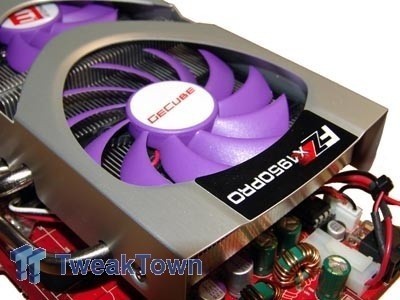
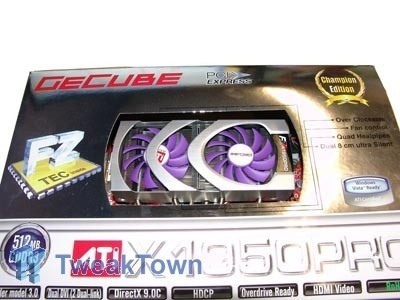
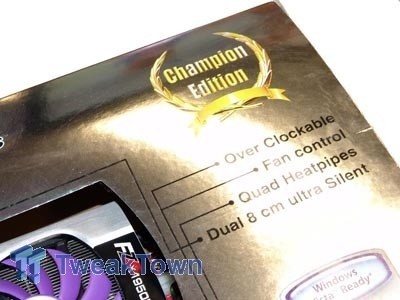
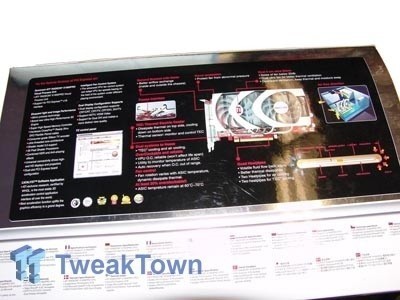
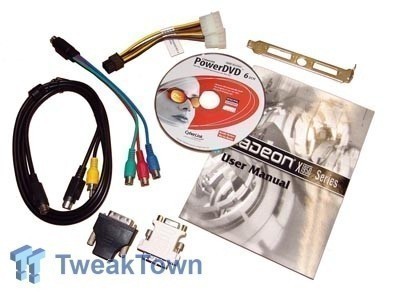
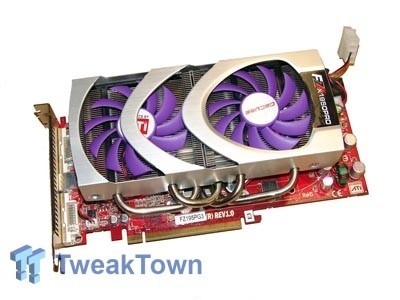
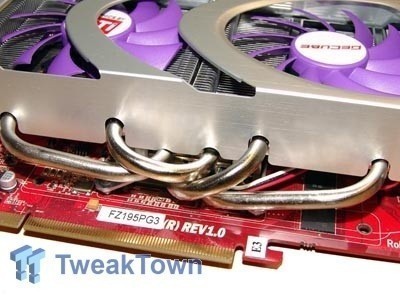
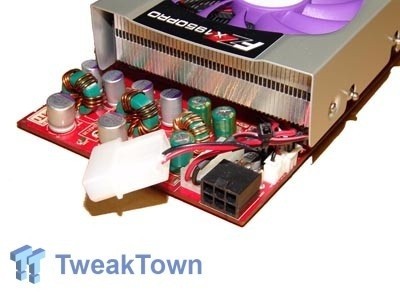
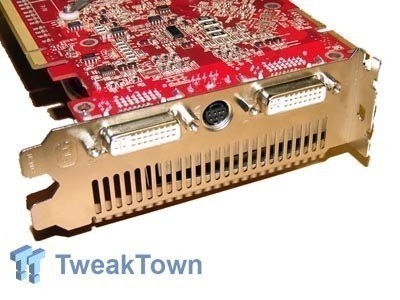
 United
States: Find other tech and computer products like this
over at
United
States: Find other tech and computer products like this
over at  United
Kingdom: Find other tech and computer products like this
over at
United
Kingdom: Find other tech and computer products like this
over at  Australia:
Find other tech and computer products like this over at
Australia:
Find other tech and computer products like this over at  Canada:
Find other tech and computer products like this over at
Canada:
Find other tech and computer products like this over at  Deutschland:
Finde andere Technik- und Computerprodukte wie dieses auf
Deutschland:
Finde andere Technik- und Computerprodukte wie dieses auf